
“The cardinal rule of black metal is, thou shalt not make a mockery of black metal.” That quote, in a review of Jonas Åkerlund’s Lords of Chaos, sums up why it’s so interesting and surprising to see mainstream celebrities out and proud about one of music’s most extreme aesthetics. Black metal, with its winter riffs, corpse paint, and unapologetic darkness, isn’t exactly geared for red carpets or glamour magazine photo shoots. But some familiar faces have made their way into its dimly lit world without irony, and even in some cases with great respect.
From Hollywood actors to prize-winning film directors, these stars prove that black metal’s brutal energy and unbending will can communicate beyond confines far broader than Oslo’s club underground. Their stories range from wearing band T-shirts with pride to having shared stages with extreme metal legends. Some even blur even the borders of reality and fiction, researching the scene’s dark history for the silver screen.
Here’s a closer look at the unexpected ways seven well-known celebrities have extended their hand to black metal and why those connections are significant to listeners and the genre’s legacy.
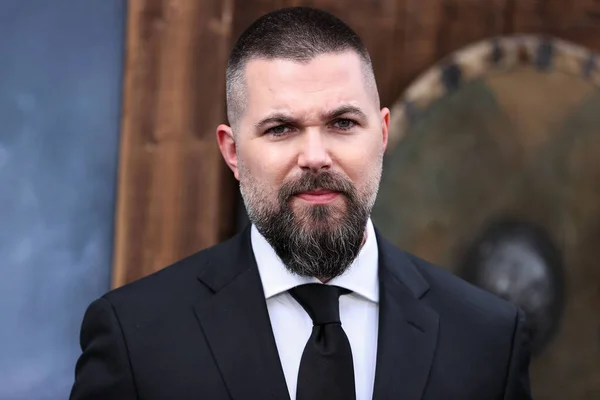
1. Robert Eggers’ Cinematic Tip of the Hat to the North
A period authenticity master in films like The Lighthouse and The Northman, Robert Eggers has also spoken fondly of Norway’s black metal past. His ambient storytelling is full of folklore, isolation, and primal tension is something of a mirror of the genre itself. Eggers’ fascination with black metal is not an affair of the moment; it’s part of a broader aesthetic sensibility that rejects posturing and one-upmanship for legitimacy and the subliminal horror of darkness.
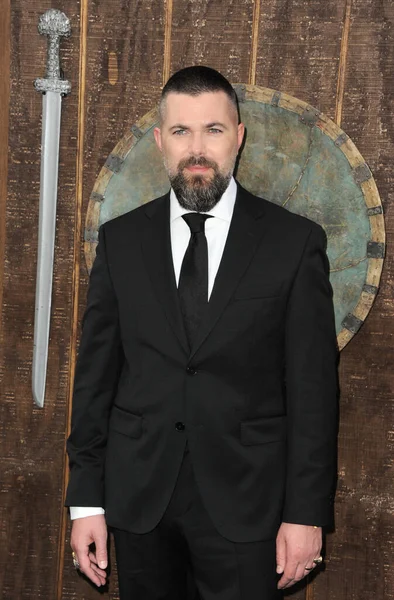
This is what makes his work one that will resonate with listeners who know that black metal is not music it’s an atmosphere, an environment, a world view. Eggers’ inclusion on lists of celebrity black metal fanatics is yet another indication that the genre has an impact in high art cinema. It acts as a reminder that dark imagery and mythic undertones of Darkthrone or Storm can be shared to visual stories that attract global cinemagoers.
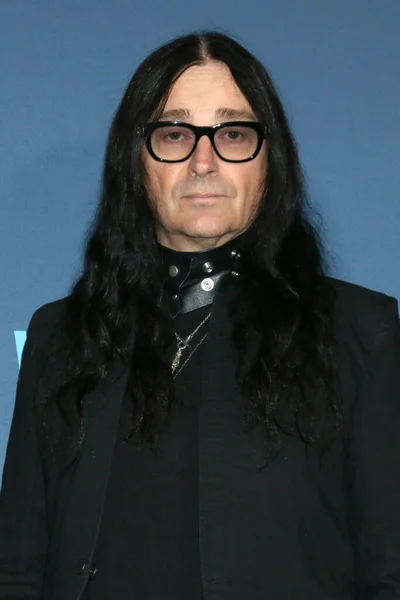
2. Jonas Åkerlund’s Bathory Background and Mayhem’s Story
Prior to his work on Madonna and Metallica music videos, Jonas Åkerlund had a stint as an interim drummer for Bathory, one of the original black metal bands. That experience gave him the authenticity and the guts to direct Lords of Chaos, the polarizing 2018 biopic of Mayhem’s problematic history. The film dives into the post-’80s and pre-’90s Norwegian music scene, with church burnings, homicide, and the conflicted players who created the music.
Åkerlund’s recreation of Mayhem’s stage, coupled with his sensitivity to the contradictions of the scene, made the film a lightning rod for controversy. Purists criticized it as Hollywood hype, whereas others praised it as unflinching probing of the human frailties that lie behind the legend. Either way, Åkerlund’s dual role as insider and observer makes him a bridge between black metal’s underground origins and mainstream storytelling, which is rare.
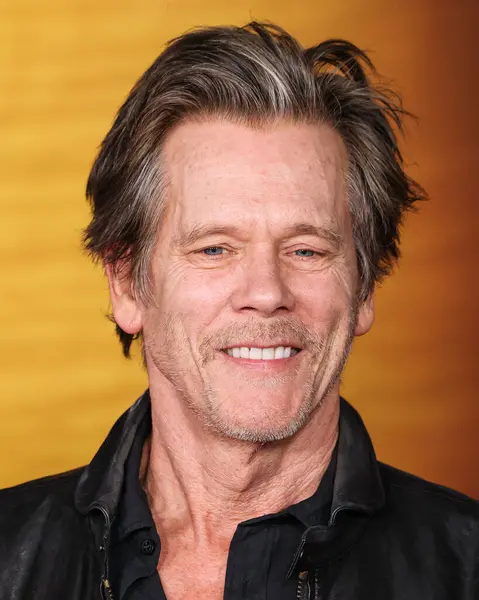
3. Kevin Bacon’s Black Anvil Connection
Kevin Bacon is perhaps best known for Footloose and Mystic River, but he’s also been spotted wearing a Black Anvil shirt a nod to the New York black metal group. This was no random fashion statement. His son, Travis Bacon, went on tour with the band, so the shirt was both a family brag and a subtle form of endorsement of the genre.
For someone like Bacon, a Hollywood veteran, appearing as the face of a black metal band is not just a fashion choice it’s a public endorsement of brotherhood with a scene that exists far beyond the borders of mainstream awareness. It also speaks to how black metal can seep into everyday lives, into the shared identity of family.
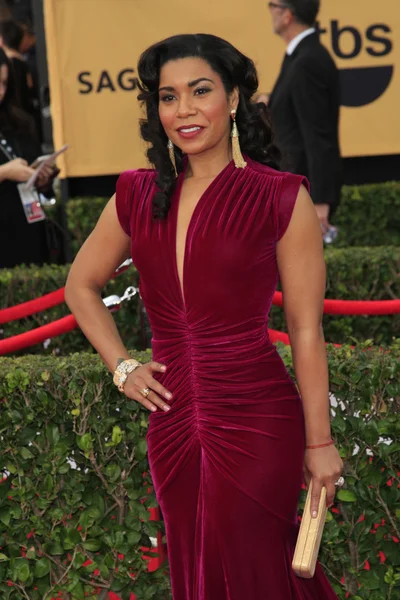
4. Jessica Pimentel’s Double Life on Stage and Screen
Jessica Pimentel, who played Maria Ruiz on Orange Is the New Black, is a seasoned metal musician as well. She fronts her own band, Alekhine’s Gun, and has toured with Brujeria, a group notorious for its ferocity and pyromaniac imagery. Pimentel is a fan of black metal and listens to Zeal & Ardor, who blend spirituals into blackened riffs.
Her descriptions of the metal and hardcore scenes in New York are as manic as her on-stage performances picture capacity crowds where sweat turned into indoor rain, and mosh pits with chairs as protective gear. Music is not a hobby for Pimentel; it’s who she is, even carrying through to inform her acting experience. She’s clarified that goth and metal tracks help her access the emotional range needed for those dramatic scenes, showcasing black metal ferocity to be a productive creative tool.

5. Anders Danielsen Lie’s Norwegian Pride
Recommended for his work in films like The Worst Person in the World, Anders Danielsen Lie is a Norwegian black metal enthusiast of Darkthrone and Storm. As an actor and musician by trade, Lie can be considered the modern Renaissance man, and his musical tastes reflect a strong connection to the cultural output of his native land.
His support for such bands is not patriotism it’s an embracing of a genre that has contributed Norway to the world of art. By openly identifying himself with black metal, Lie lends a touch of credibility to his public persona, showing that his work is derived from the same same uncompromising spirit as the music itself.

6. Casper Christensen’s Cameo with Vreid
Danish comedian Casper Christensen, beloved for his Klovn franchise, once appeared alongside Norwegian band Vreid in a promotional clip. While comedy and black metal might seem worlds apart, Christensen’s willingness to collaborate with the band speaks to the genre’s cultural reach.
This is a crossover moment that leads to black metal’s ability to transcend its niche and cross over with characters from entirely other entertainment realms. It also refers to the respect that is achievable among artists who, on initial examination, seem to operate in utterly distinct tonal realities.
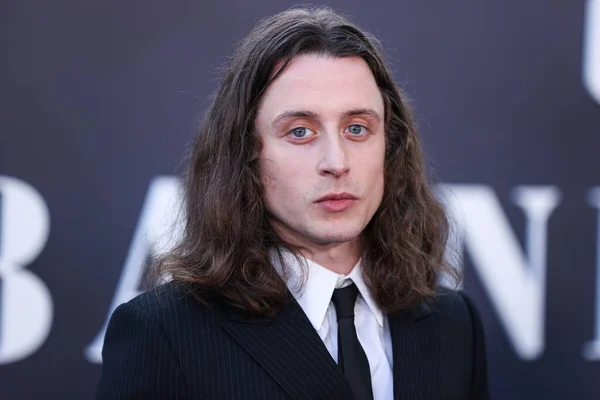
7. Rory Culkin’s Immersion into Euronymous
When Rory Culkin portrayed Euronymous in Lords of Chaos, he didn’t learn his lines this actor studied guitar and researched the history of the subculture. Initially, Culkin was awed by the actual individuals, but he soon came to think of them as “such kids and babies” yet understood they were capable of such extreme acts. His acting teetered on the edge between Mayhem’s founder, the mythic figure, and the flawed humanity behind it.
Culkin’s blunt assessment of the role demonstrates how entering the world of black metal has the ability to alter the mind. By bringing human to the level of a character who was normally reduced to legend or notoriety, he presented the audience with a fuller image of the actors of the scene and perhaps made the story of black metal more accessible for those outside of its fanbase.
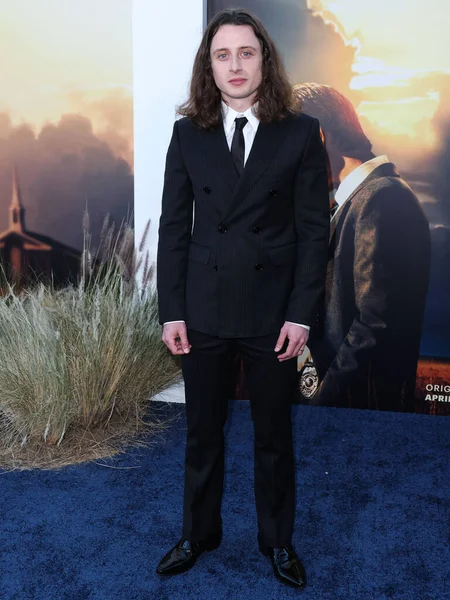
These celebrities’ associations with black metal reveal a truth known by fans for a long time: the popularity of the genre isn’t exactly in how it sounds, but in its unbending uniqueness. By way of film, fashion, family ties, or experiential performance, each of these individuals has engaged with black metal in a way commensurate with its nature. And in doing so, they’ve been able to marry the frostbitten underground and the bright lights of the mainstream without diluting what makes the music so fascinating.


